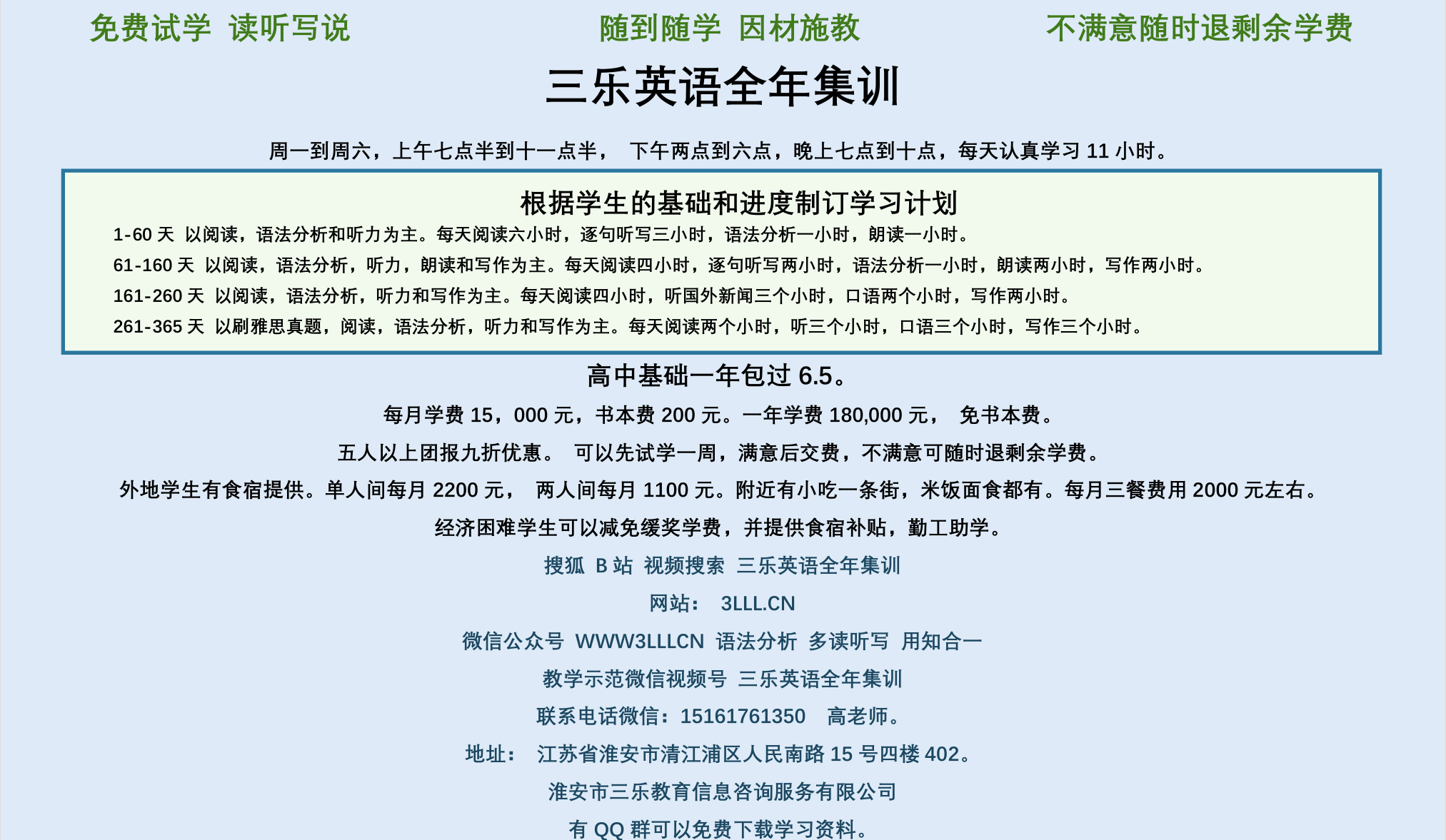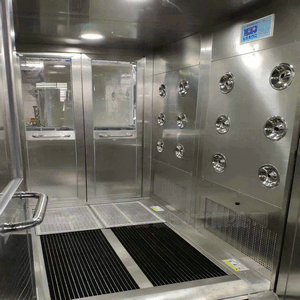🗣 SL提问: ai建模代码
✍️ Ai批改: A broad topic! Here's a general outline of AI modeling code, and I'll provide some examples in Python、Please note that I'll focus on machine learning (ML) modeling, which is a subset of AI.
Machine Learning Modeling
Machine learning modeling involves training algorithms on data to make predictions or classify new, unseen data、Here's a high-level overview of the process:
1、Data Preprocessing: Load, clean, and preprocess data.
2、Model Selection: Choose a suitable algorithm for the problem (e.g., linear regression, decision trees, neural networks).
3、Model Training: Train the model using the preprocessed data.
4、Model Evaluation: Assess the model's performance on a test dataset.
Python Libraries for AI Modeling
Some popular Python libraries for AI modeling are:
1、Scikit-learn: A widely used library for ML, providing algorithms for classification, regression, clustering, and more.
2、TensorFlow: An open-source library for deep learning and neural networks.
3、PyTorch: Another popular library for deep learning and neural networks.
Example Code: Simple Linear Regression with Scikit-learn
python
Import necessary libraries
import pandas as pd
from sklearn.model_selection import train_test_split
from sklearn.linear_model import LinearRegression
from sklearn.metrics import mean_squared_error
Load dataset (e.g., CSV file)
data = pd.read_csv('data.csv')
Preprocess data (e.g., feature scaling)
X = data.drop('target', axis=1) features
y = data['target'] target variable
Split data into training and testing sets
X_train, X_test, y_train, y_test = train_test_split(X, y, test_size=0.2, random_state=42)
Create and train a linear regression model
model = LinearRegression()
model.fit(X_train, y_train)
Make predictions on the test set
y_pred = model.predict(X_test)
Evaluate the model (e.g., mean squared error)
mse = mean_squared_error(y_test, y_pred)
print(f'Mean Squared Error: {mse:.2f}')
Example Code: Neural Network with PyTorch
python
Import necessary libraries
import torch
import torch.nn as nn
import torch.optim as optim
from torchvision import datasets, transforms
Load dataset (e.g., MNIST)
transform = transforms.ToTensor()
trainset = datasets.MNIST('~/.pytorch/MNIST_data/', download=True, train=True, transform=transform)
trainloader = torch.utils.data.DataLoader(trainset, batch_size=64, shuffle=True)
Define a simple neural network model
class Net(nn.Module):
def __init__(self):
super(Net, self).__init__()
self.fc1 = nn.Linear(784, 128) input layer (28x28 images) hidden layer (128 units)
self.fc2 = nn.Linear(128, 10) hidden layer (128 units) output layer (10 units)
def forward(self, x):
x = torch.relu(self.fc1(x.view(-1, 784))) activation function for hidden layer
x = self.fc2(x)
return x
Initialize the model, loss function, and optimizer
model = Net()
criterion = nn.CrossEntropyLoss()
optimizer = optim.SGD(model.parameters(), lr=0.01)
Train the model
for epoch in range(10):
for x, y in trainloader:
optimizer.zero_grad()
outputs = model(x)
loss = criterion(outputs, y)
loss.backward()
optimizer.step()
print(f'Epoch {epoch+1}, Loss: {loss.item():.4f}')
These examples demonstrate basic AI modeling using Python and popular libraries、Depending on your specific needs and goals, you'll need to adjust the code and experiment with different algorithms, hyperparameters, and techniques.
What specific type of AI modeling would you like to explore further (e.g., computer vision, natural language processing, reinforcement learning)?
0
IP地址: 205.215.203.117
搜索次数: 75
提问时间: 2025-04-13 05:08:18
❓️ 热门提问:
交易平台炒外汇
2021的黄金价格走势
生成矢量图的ai
铑金什么颜色
制作表格的ai
不易断的黄金项链图片
黄金真假区分
北京门头沟金矿
自动写作的ai
eetrade外汇平台安全吗
豌豆Ai站群搜索引擎系统
🤝 关于我们:
三乐Ai
作文批改
英语分析
在线翻译
拍照识图
Ai提问
英语培训
本站流量
联系我们

🔗 友情链接:
Search engine ranking
水上乐园设计
ai提问
📢 温馨提示:本站所有问答由Ai自动创作,内容仅供参考,若有误差请用“联系”里面信息通知我们人工修改或删除。
👉 技术支持:本站由豌豆Ai提供技术支持,使用的最新版:《豌豆Ai站群搜索引擎系统 V.25.05.20》搭建本站。

















